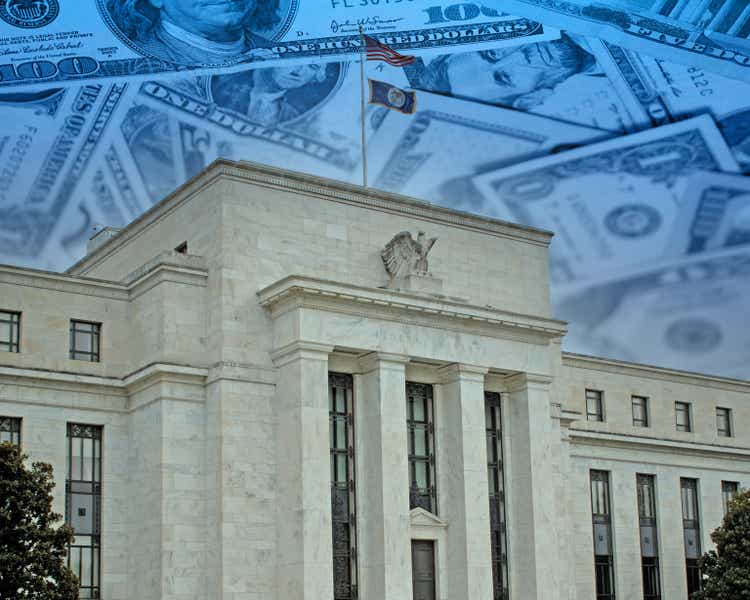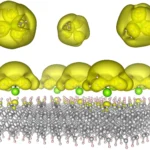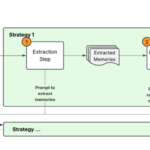
Douglas Rissing
Weakening consumption and pressure in the housing market are among seven points outlined by Pantheon Macroeconomics about why the Federal Reserve should start cutting rates in the coming months.
June’s cooler-than-expected Consumer Price Index inflation report bolstered bets this week that the Fed will start rate cutting at its Sept. 17-18 meeting. Brighter rate-cut prospects helped push the S&P 500 (SP500)(SPY) higher for the week. Pantheon on Friday reiterated its view that monetary policymakers will begin an easing cycle in September.
In a Friday “memo” to the Fed to “Ease, please,” Pantheon Chief Economist Ian Shepherdson outlined a mix of factors that should lead policymakers into lowering its key interest rate. Among his observations:
Q1 slowdown
Economic growth slowing to 1.4% appears to have been followed by a “similarly anemic performance” in Q2, Shepherdson said. “The contrast with the 4.1% average growth rate in the second half of last year could hardly be more stark,” he said. “The Fed will have to respond,” Pantheon said, expecting 125 basis points in total easing this year.
Consumption clearly has weakened
Growth in real spending is likely to average 1.5% or less in H1 2024, compared with the 3.2% average in H2 2023. Real spending on goods has fallen slightly, while growth in spending on discretionary services is slowing. Also, most of the excess savings accumulated during the pandemic have been spent.
Housing market will not come to the rescue
While rates for new loans are falling, they are still so high that most existing homeowners are “effectively trapped” by their COVID-era low rates. Housing activity plunged in 2022 and 2023, but GDP growth was solid. “We expect the opposite story across the second half of this year and in 2025, with transactions volumes rising—slowly at first—but inventory increasing more quickly than demand, pushing prices down,” the economist said.
Business capex
Capital expenditure is being supported by AI-driven spending, but non-tech spending is under pressure from high rates and tight lending standards.
Softening labor market
June had a “modest” 136K increase in private payrolls. Meanwhile, for the first time in this cycle, indicators of weaker hiring are accompanied by indicators of increased layoffs, Shepherdson said. “In the past, this combination has tended to be followed by a rapid slowing in job growth.”
Core inflation remains under downward pressure
All “pipeline fundamentals” are consistent with a return to the Fed’s 2% target over the next year. A sharp slowing in rent inflation likely will continue. “What matters most to the Fed is evidence of a sustained decline in core services inflation ex-housing, which will emerge as wage growth slows,” the economist said.
The Fed’s June dot-plot is already out of date
Fed Chair Jerome Powell likely will signal at its Jackson Hole symposium that it will start rate cuts in September. “The combination of slow GDP growth, much better inflation numbers, slower payroll gains, and rising unemployment mean that it makes no sense for the Fed to allow already-high real interest rates to rise further as inflation falls,” Shepherdson said.











